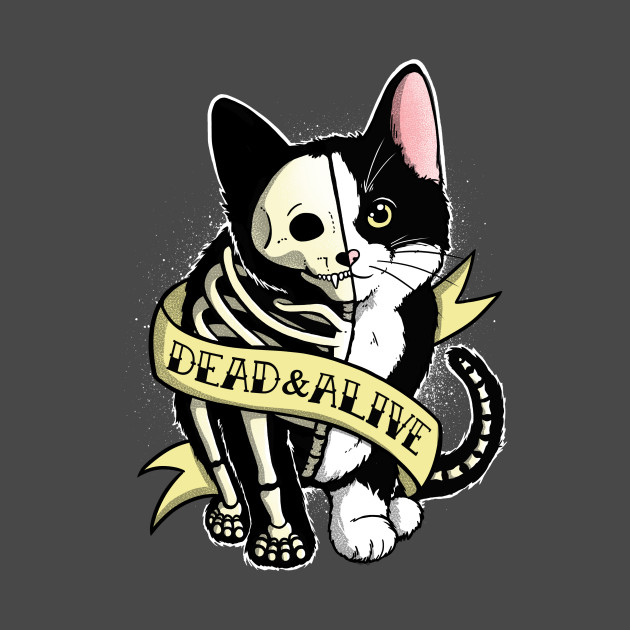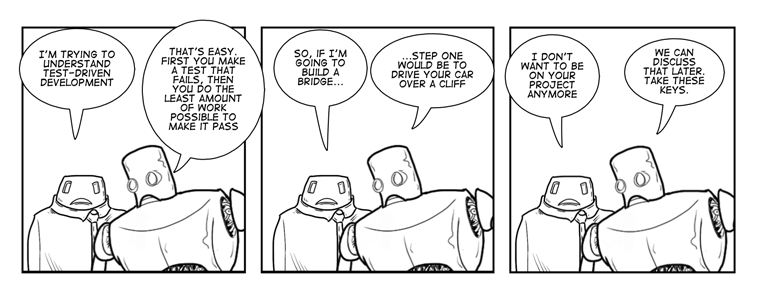I had the thought to write a post a while back, pre-pandemic, about the benefits to remote work, particularly in regards to employee mental health and productivity. Like so many of my ideas, I never wrote that piece.
Note to self: Write a blog post on procrastination someday.
But, as with so many things, COVID came through and changed everything. Offices were closed, home offices were quickly created in kitchens and living rooms everywhere, and people started to realize that their old way of working may not be all that effective anymore. So now I think it’s time to write my remote work post, but this time over how to be more effective as opposed to the benefits.
Keep Your Schedule
This is one of the most critical ones. Stick to your old schedule, or something close to it. Just because you don’t commute to an office now doesn’t mean that you have to be online and working for those 45 minutes (or however long your commute would have be). The same goes for quitting for the day.
It should also go without saying that when you’re done for the day, you’re truly done. If you didn’t bring your work home with you before, then why should it be tempting you when it’s just in the other room? If you did bring your work home, chances are that was part of your job anyway, and you should keep those routines as well.
Keeping to a schedule also helps to stop you from working too much, or at least it should. It’s amazing how much you can get done when you don’t have the constant interruptions of an office. Yes, I know that families can replace those office interruptions, but that’s a topic for another day…
Have a Dedicated Space
It sounds silly, and a year into the pandemic most of you have probably already done this. Still, it’s worth remembering that just as you had a dedicated space in the office (even in a flex-space, open-desk, office, you still had an official “work space”).
In the end, if you can help it, don’t have your workspace where you eat or sleep. Keep the main functions of life as separate as possible. If you can’t due to space constraints, at least try and sit in different locations. For example, sit at one side of the table for meals, and another for work.
Communicate
Offices have been going towards instant messaging over emails for a while now. So that really shouldn’t be all that different to you. The biggest change is meetings. Gone are the days of dashing between meeting rooms to make back-to-back meetings on time. Instead, it’s all virtual and you’re stuck wondering if you have time to top off your coffee before joining the next meeting. Still, virtual meetings can be a bit daunting. You’re either stuck with your camera on and feeling awkward with seeing yourself, or you’re presenting and have no idea what your audience is doing because their cameras are off. Either way, it’s just something to get used to.
If you’ve got to step away for a little while, such as for lunch, to run an errand, or just needing a break, be sure to let your colleagues know. It’s not like they can peek over a cube wall and see if you’re there. You don’t even have to let people know directly, just update your status in your chat tools. They’ll see it when they go to message you.
Just like in the office though, those messages can get overwhelming and/or annoying when you’re trying to focus on getting something done. If that’s the case, just turn off notifications for a while. It’s no different than in the office, just reduce your distractions to focus on the task at hand.
Dress for Success
Laugh all you want, but still dressing for work helps with the “I’m working” mindset. Don’t get me wrong, I love wearing a nice warm hoodie in the winter and shorts in the summer. That hasn’t stopped me from still putting some form of a dress shirt on though, even if it is more and more often that it’s a vintage short sleeve shirt with a big 1970s collar instead of the dress shirts I used to wear in the office. Having that “work uniform” helps put me in the right mindset to work. And when the day is over there’s another mental shift as I change over to a t-shirt.
Of course, it doesn’t mean that PJ pants are a bad thing from time to time. Let’s face it, comfort is paramount, especially when you’re slightly under the weather and still trying to make a deadline.
Embrace the Flexibility
This may seem to be somewhat contradictory to my advice on keeping a schedule. It really isn’t though. The schedule is your start and stop time. The flexibility is the time in between and on either side.
Taking a break is easier when nobody’s walking by looking for “butts in seats” thinking that’s the optimal productivity model. Some of the most productive people I’ve known in the past were smokers. They took their smoke break outside, away from their desk, and cleared their head or discussed the issue at hand in a different setting. The flexibility of working remotely is really no different. If you need a break, go get something done around the house. Let the feeling of accomplishing something roll into accomplishing the next task at work.
Flexibility also means changing your location. Work at the coffee shop one day, or even just for a few hours to change your perspective. If your wi-fi reaches, try the backyard. Use your phone as a hot spot at the dog park. If your boss will allow it, take a “working vacation” and work from another city for a week while exploring at night. As long as you can still be productive and get things done, the possibilities of location flexibility really are endless.
Decompress
My biggest takeaway though is one that took me a while to learn myself when I started working remotely a few years ago. You still need your private or “decompression” time. You’d probably chill out in the car or on public transportation on the way home and let some of the stress of the day fade away before getting home. That downtime is still just as important as it was before.
Turn that morning commute time you used to have into a walk around the block to prepare for work. Block off the last 30 minutes of your schedule to wind down with some music, an audiobook, or even some instructional videos on YouTube for a new hobby. Whatever you need to do to turn off your work persona.
Be sure to still get that “me time” in, especially if it’s a rough day. You and your family will appreciate it down the road.
Working remote isn’t the end of the world, even if the end of the world brought about more remote working.


